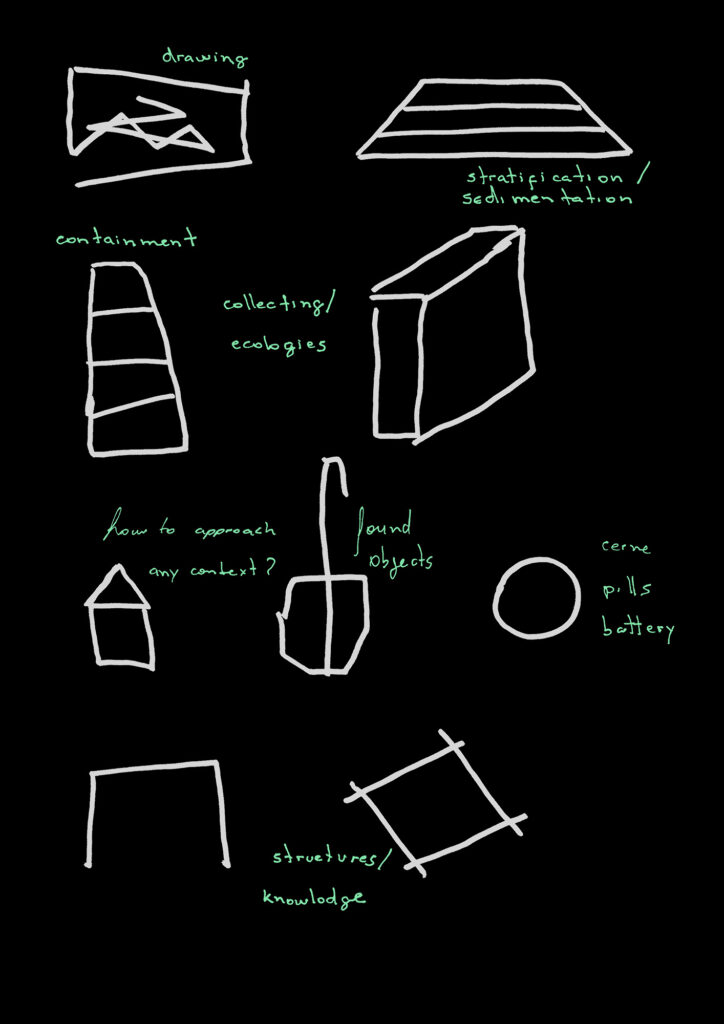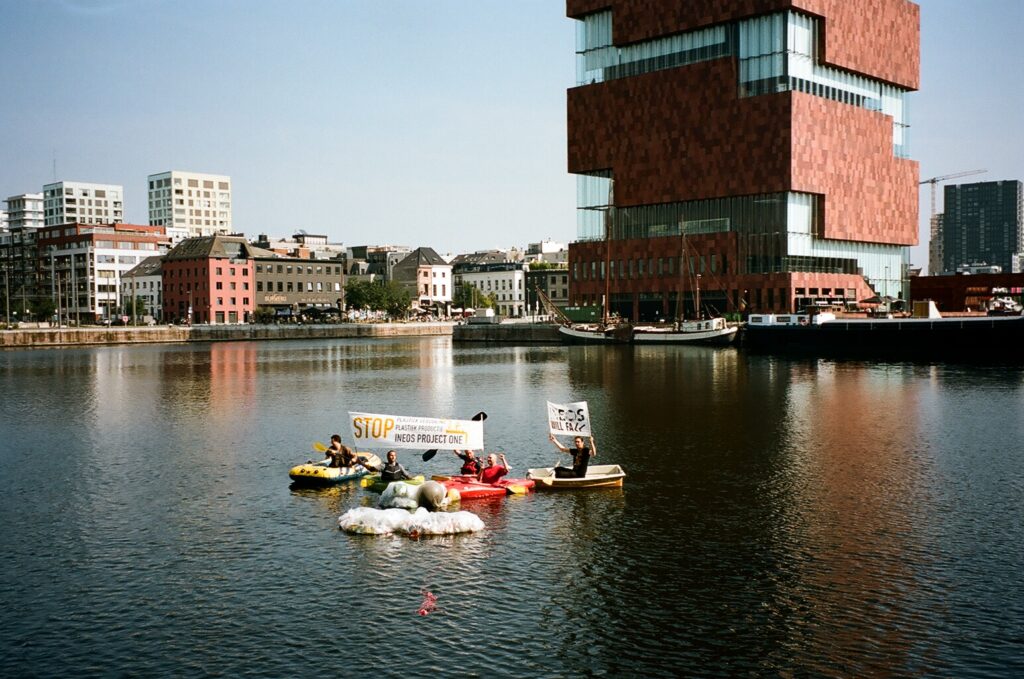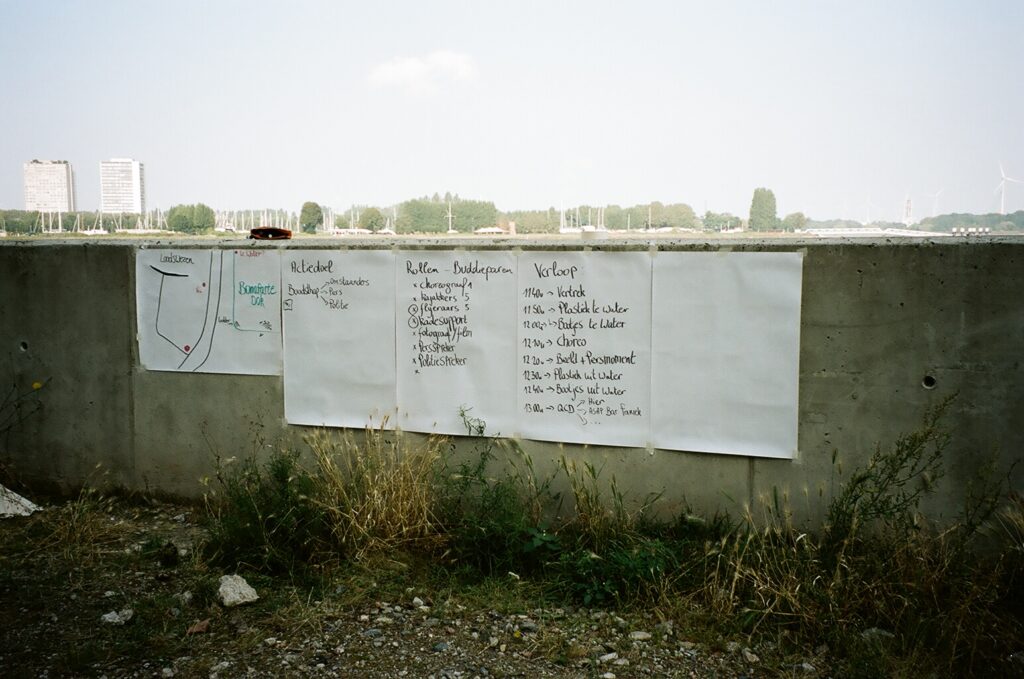From the Top of the Mountains We Can See Invisible Monuments
Transnational artistic investigation on landscape environmental changes caused by infrastructure space.
The research project From the Top of the Mountains We Can See Invisible Monuments addresses issues of scale, dimension, and the global effects of the climate crisis through artistic research in the field of Visual Arts, employing practices such as graphic techniques, sculpture, installation, drawings, and archival work.
Just as critical debates have emerged around monuments of colonial impact in public space — and the ways in which these symbolic objects sustain narratives of power and memory — this project reflects on the problems that current and future constructions will impose on territories when environmental preservation is subordinated to the pursuit of wealth.
The project seeks to construct structures of visibility and communication in response to complex forms of “infrastructure space” that externalize responsibility for environmental destruction. It also recognizes that the methods organized by social movements offer viable strategies to safeguard ecosystems.

In Portugal, for example, the project will examine the first concession of Agricultural Heritage as a strategy of resistance to the lithium and tungsten industries in the Alto Tâmega region.
In Belgium, it will accompany the activities of the collective Ineos Will Fall, which opposes the policies of one of the world’s largest plastic producers.
In Brazil, the research will engage with the Ecobarreira project, which removes waste from the Iraí watershed (part of the Guarani Aquifer, the second largest in the world), and with the land reform struggles and sustainable agricultural practices of Comunidade Agroflorestal José Lutezenberger (MST Antonina), approached from a decolonial historical perspective of local conflicts. It will also consider the dynamics of the Movement of People Affected by Dams (MAB) and other organized multitudes that converge throughout the project’s development.


Images were taken during a protest against the plastic industry in the city’s old port area, in front of the Museum aan de Stroom, for the artist residency project “It’s already night / no light above the horizon”, in collaboration with Samenschool and MHKA Museum. Research analog images, Orlando Vieira Francisco.
The project aims to evaluate and promote a network for knowledge sharing and for redirecting production and economic processes, working in dialogue with parallel projects within the i2ADS research platform
Supported by the Foundation for Science and Technology of Portugal through the Individual Call to Scientific Employment Stimulus – 5th Edition (CEEC/FCT), this research proposes to foster critical reflection on the climate crisis from both activist and social responsibility perspectives.
By visualizing new territories and instigating the collective imagination toward sustainable forms of coexistence — often in low-density regions beyond urban perimeters — the project asserts that the production of space must respond to fundamentally social and environmental concerns. In doing so, it echoes the urgency of our present climate crisis and the need to strengthen alternative ways of living in community.
Through dialogue and socialization, the project aims to fortify a network of activism and resistance against extractive structures that resist sustainable transitions. Recognizing this collective agency, shaped by social movements and activists, can help articulate new positions on public space, heritage, natural resource stewardship, and the rural environment.
